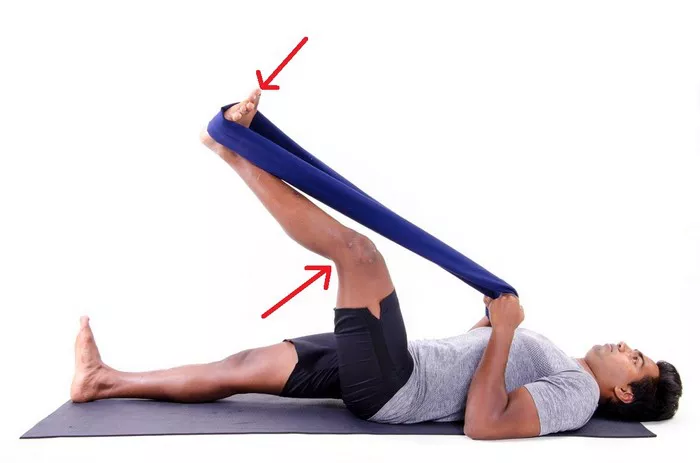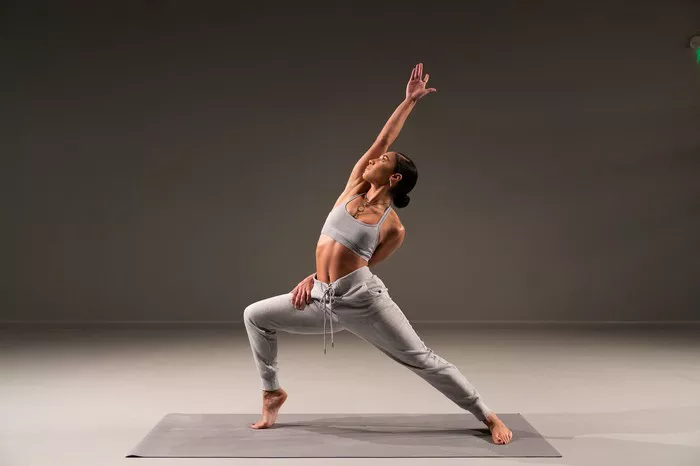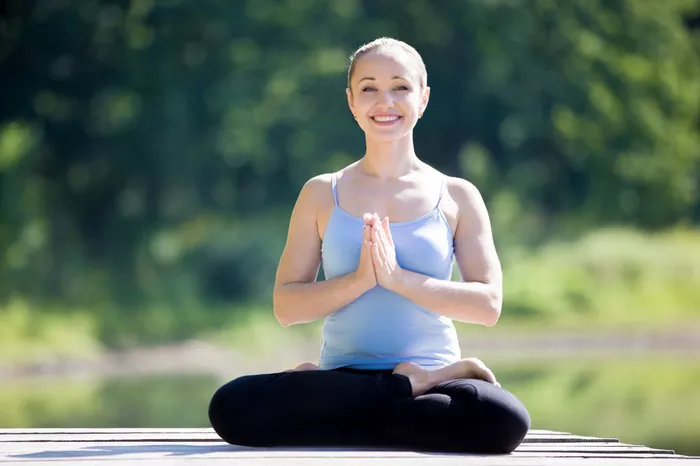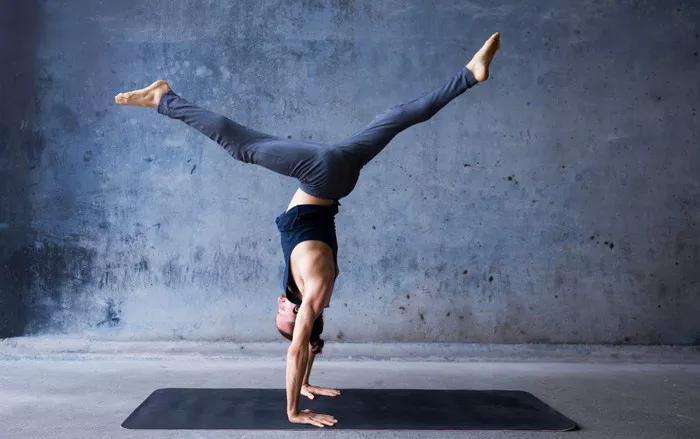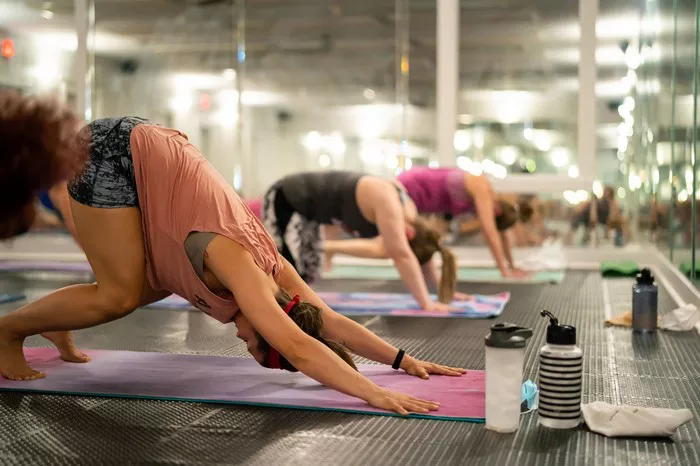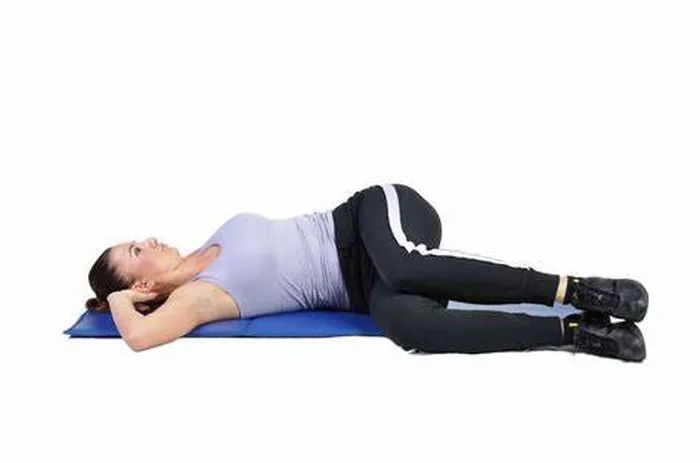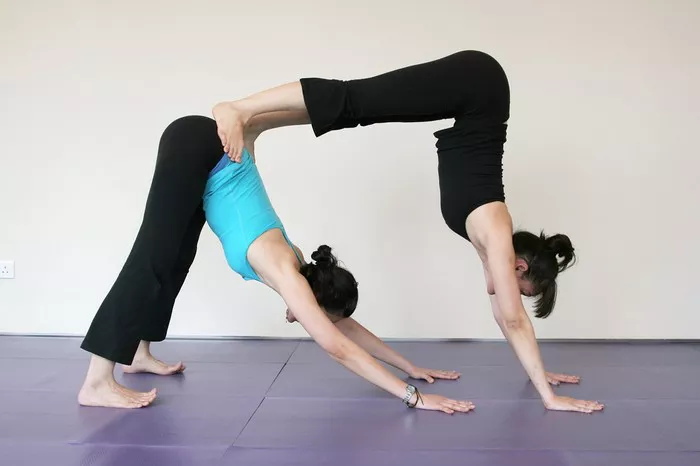Pranayama, derived from the Sanskrit words “Prana” (life force or breath) and “Yama” (control), refers to the practice of breath control in yoga. It is an essential aspect of yoga practice that focuses on managing the breath to enhance the body’s energy and improve overall well-being. In fact, pranayama is considered one of the foundational practices for deepening yoga practice and meditation.
The art of pranayama involves regulating the breath, not only to bring a sense of calm and focus to the mind but also to influence the energetic balance within the body. By mastering pranayama, one can open the channels of energy and enhance physical and mental health, making it a highly beneficial practice for all yogis.
This article explores the eight pranayamas of yoga, providing a professional and easy-to-understand explanation of each technique and its effects on the body and mind.
The Importance of Pranayama
Before diving into the specific pranayama techniques, it is important to understand the importance of breath control in yoga. In yoga philosophy, prana is considered the vital life force that permeates everything around us, including our physical body. The breath is a direct representation of prana, and regulating it can significantly influence mental, emotional, and physical states.
Pranayama is believed to have the following effects:
- Enhanced Lung Capacity: Regular practice strengthens the lungs, improving overall respiratory function.
- Detoxification: Breath control helps expel toxins from the body, leaving the practitioner feeling rejuvenated.
- Stress Reduction: Slow, deep breaths calm the nervous system, helping reduce stress and anxiety.
- Mental Clarity: Focusing on the breath sharpens concentration and cultivates mindfulness.
- Increased Vitality: It revitalizes energy, boosting the body’s ability to handle physical exertion and mental tasks.
Through consistent pranayama practice, yogis can experience these profound benefits, ultimately improving their quality of life.
The Eight Pranayamas of Yoga
In the traditional yogic system, there are eight primary types of pranayamas, each with unique techniques and effects. These pranayamas, when practiced correctly, can help one control and direct prana throughout the body. Let’s explore each of the eight pranayamas in detail.
1. Ujjayi Pranayama (Victorious Breath)
Technique:
Ujjayi, often referred to as “the victorious breath,” is one of the most commonly practiced pranayamas in yoga. To perform Ujjayi, inhale deeply through the nose and constrict the back of the throat, creating a soft, whispering sound. This sound resembles ocean waves and is often described as “the sound of victory.” Exhale slowly, maintaining the same constriction in the throat, allowing the breath to flow gently out of the nostrils.
Effects:
Ujjayi pranayama is known for its calming effects on the mind. The sound produced by the breath serves as a focal point during meditation, helping to quiet the mind and enhance concentration. Ujjayi breath also improves oxygen intake, supporting the respiratory system. The slow, controlled breathing increases awareness of the present moment, promoting mindfulness and a sense of balance.
Benefits:
- Reduces stress and anxiety.
- Improves focus and concentration.
- Stimulates the thyroid gland.
- Enhances lung capacity and oxygen circulation.
2. Nadi Shodhana Pranayama (Alternate Nostril Breathing)
Technique:
Nadi Shodhana, or alternate nostril breathing, involves inhaling and exhaling through alternate nostrils while keeping the other nostril closed. To practice Nadi Shodhana, use the right thumb to close the right nostril and inhale deeply through the left nostril. Then, close the left nostril with the right ring finger, open the right nostril, and exhale. Inhale through the right nostril, close it with the thumb, open the left nostril, and exhale through the left. Repeat this process for several cycles.
Effects:
This pranayama is said to purify the energy channels (called Nadis) in the body, clearing blockages and promoting a sense of balance and clarity. By alternating nostrils, Nadi Shodhana harmonizes the left and right sides of the brain, which in turn brings balance to the entire body. It is a highly effective practice for reducing stress, calming the nervous system, and improving mental clarity.
Benefits:
- Calms the mind and reduces stress.
- Improves respiratory function.
- Balances the nervous system and emotions.
- Enhances concentration and mental clarity.
3. Kapalbhati Pranayama (Skull Shining Breath)
Technique:
Kapalbhati, or “skull shining breath,” involves a series of rapid exhalations followed by passive inhalations. To begin, sit in a comfortable position with the spine straight. Inhale deeply, and then forcefully exhale through the nose while pulling the belly button toward the spine. Allow the inhalation to happen naturally, without effort. Continue this process for a set number of breaths, typically 20 to 30 cycles.
Effects:
Kapalbhati is an energizing pranayama that stimulates the abdominal muscles and helps expel toxins from the body. It is often considered a cleansing practice, as it activates the digestive system and purifies the respiratory tract. The rapid exhalations oxygenate the body, helping to refresh both the body and the mind.
Benefits:
- Cleanses the body by expelling toxins.
- Increases energy levels and mental alertness.
- Improves digestion and metabolism.
- Strengthens the lungs and respiratory system.
4. Bhastrika Pranayama (Bellows Breath)
Technique:
Bhastrika, or “bellows breath,” involves powerful and rapid inhalations and exhalations, mimicking the action of a bellows. To perform Bhastrika, sit comfortably with the spine straight. Inhale deeply and quickly through the nose, expanding the lungs. Immediately exhale forcefully through the nose, contracting the belly. Continue this rapid, rhythmic breath cycle for 10 to 20 cycles, gradually increasing the speed as you become more accustomed to the practice.
Effects:
Bhastrika pranayama generates heat in the body and is excellent for invigorating the system. It is particularly beneficial for detoxifying the body, increasing circulation, and boosting metabolism. The breath’s rapid movement awakens the mind and helps release tension.
Benefits:
- Energizes the body and mind.
- Stimulates the digestive system.
- Increases lung capacity and strength.
- Clears congestion in the respiratory system.
5. Anulom Vilom Pranayama (Nadi Shodhana with Breath Retention)
Technique:
Anulom Vilom is a more advanced variation of Nadi Shodhana, with the addition of breath retention (Kumbhaka). After inhaling deeply through one nostril and exhaling through the other, hold the breath for a brief period before switching nostrils. The breath retention is done without strain and for a short duration.
Effects:
This pranayama is known for purifying the body’s energy channels, creating balance, and improving overall health. The breath retention helps to increase oxygen absorption, and the alternating nostrils activate the left and right hemispheres of the brain.
Benefits:
- Increases focus and concentration.
- Reduces stress and anxiety.
- Improves lung and heart health.
- Enhances the function of the nervous system.
6. Sitali Pranayama (Cooling Breath)
Technique:
Sitali, or “cooling breath,” is a breathwork technique designed to cool the body and mind. To practice Sitali, roll the tongue into a tube shape and inhale deeply through the mouth, feeling the coolness of the breath as it enters. Exhale through the nose. If rolling the tongue is not possible, you can also practice this technique by inhaling deeply through the mouth, making a “hissing” sound, and exhaling through the nose.
Effects:
Sitali is beneficial for cooling the body, especially in hot weather or after physical exertion. It calms the nervous system, reduces feelings of anger and frustration, and promotes relaxation. This pranayama is often used for emotional stability and self-regulation.
Benefits:
- Cools the body and mind.
- Reduces anxiety and stress.
- Calms the digestive system.
- Improves mental clarity and focus.
7. Bhramari Pranayama (Bee Breath)
Technique:
Bhramari, or “bee breath,” involves making a humming sound similar to that of a bee. To perform Bhramari, sit comfortably and close your eyes. Inhale deeply through the nose, and as you exhale, produce a low, steady humming sound by vibrating the vocal cords. Focus on the sound and vibrations during the practice.
Effects:
The vibrations produced in Bhramari pranayama help relax the mind and relieve tension in the head and neck. This technique is often recommended for those experiencing mental fatigue, stress, or anxiety. The humming sound soothes the nervous system, calms the mind, and reduces anger or agitation.
Benefits:
- Reduces stress and anxiety.
- Improves concentration and mental clarity.
- Promotes relaxation and tranquility.
- Relieves tension in the head, neck, and shoulders.
8. Surya Bhedana Pranayama (Sun Piercing Breath)
Technique:
Surya Bhedana is a pranayama that involves inhaling deeply through the right nostril while closing the left nostril with the thumb. Hold the breath for a brief moment, then exhale through the left nostril while closing the right nostril. This technique is thought to activate the “pingala” nadi, which is associated with the solar energy of the body.
Effects:
This pranayama invigorates the body and stimulates the sympathetic nervous system. It is energizing and helps increase warmth in the body. Surya Bhedana is often used in the morning to awaken the system and increase alertness.
Benefits:
- Increases energy and vitality.
- Enhances concentration and focus.
- Stimulates the digestive system.
- Promotes mental clarity.
Conclusion
The practice of pranayama is a profound way to connect with and control your breath, allowing you to influence your mental, emotional, and physical states. By learning and practicing these eight pranayamas, you can experience numerous benefits, from enhanced lung capacity to increased mental clarity and emotional balance.
Incorporating pranayama into your regular yoga practice can help you unlock a deeper state of awareness, reduce stress, improve your respiratory function, and bring more vitality to your life. Remember that pranayama should be practiced mindfully, with attention to the breath and an awareness of its effects on your body. Start slow, with the basics, and gradually work your way through the different techniques, exploring the transformative power of breath control.
Related Topics:

